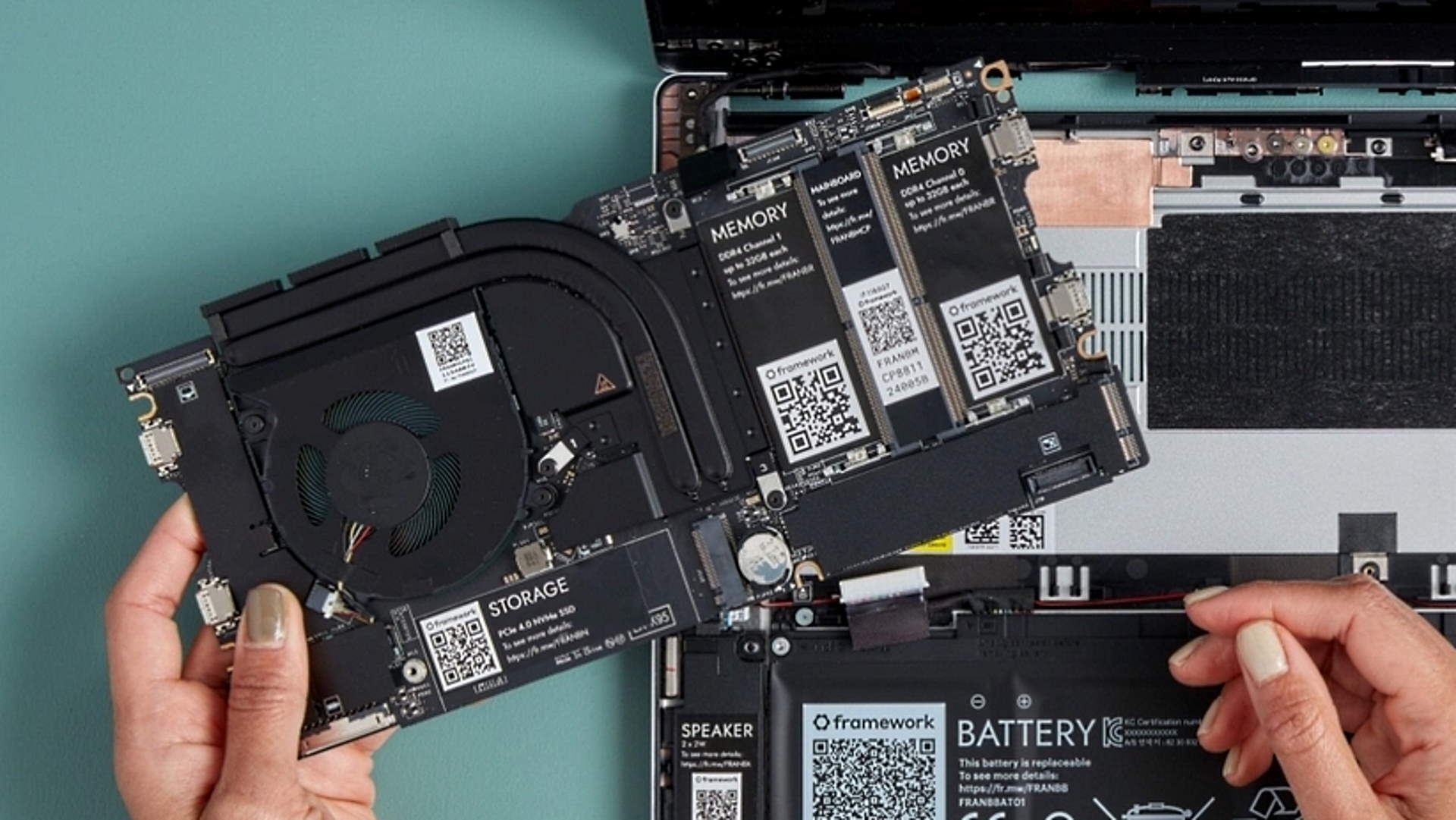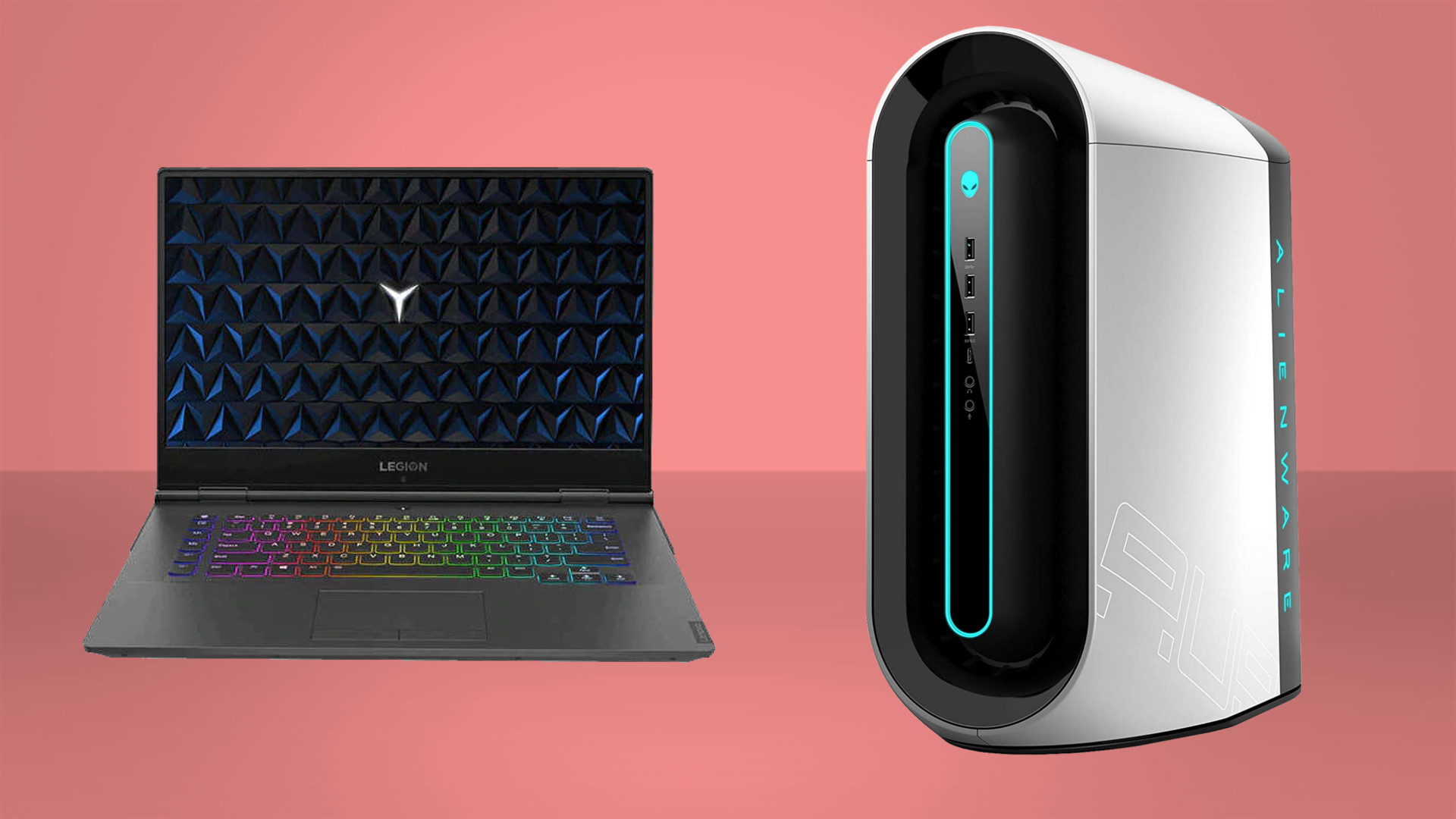Framework's now selling the soul of its modular laptop and the potential for PC projects are endless
The Framework Mainboard is almost a complete system on its own... and could go into anything from laptop and mini-PC to handheld gaming system.

Ever wanted to build your own laptop from the ground up? Or mini PC, all-in-one, or even handheld gaming PC? Now, I'm not talking about picking some parts from a custom list over at Derek's SuperGood System Builders, or Origin PC, or whatever. I'm talking about actually grabbing a mainboard PCB, a chassis, some ports, memory, displays, the whole lot, and sticking it together yourself. That's what Framework is now offering in the US and Canada (via Ars Technica) right now, as it's offering up its Intel Tiger Lake-based mainboards to buy on their own.
We've written about the Framework Laptop before, essentially it's a machine specifically designed to be as open as possible for the user to upgrade or repair themselves, using only a screwdriver for help. The smart part about it is that everything is fully modular, offering not only repairability but user customisation, too.
It's good timing, too, given all the Right to Repair conversations that have been going on.
But this is the first time it's actually made the core mainboard itself available, and not just replacement modules and keyboards, etc. That's important because the mainboard is basically a machine all on its own. As the recent Framework blog post states: "All you need to do is insert memory, plug in a USB-C power adapter, and hit the tiny power button on-board, and you’ve got a powered-up computer."
And it means you're not restricted to just building a laptop around it, either. You could build a mini-PC, hook it up to the back of a monitor for a tasty all-in-one PC experience, or even build yourself a little Steam Deck-a-like handheld.
Sure, you can grab a wee Raspberry Pi board and build yourself a tiny system based on that—with its own enthusiastic community and about a billion potential projects—but that's all based around weaksauce Arm silicon. The newly released Framework board sports either 11th Gen Core i5 or Core i7 Tiger Lake SoCs with Iris Xe graphics, and a whole world of easy to attach modules to create whatever you want with it.
I'm actually typing this on a similar system right now. My main PC's PSU blew up and I'm still waiting to replace the part, so I've got my Razer Blade Stealth 13 docked as my current work machine. That sports a Core i7 1165G7 SoC and I've actually disabled the discrete GTX 1650 Ti GPU as I'm happy with the little gaming I do on this machine running on the Iris Xe graphics to improve battery life.
Keep up to date with the most important stories and the best deals, as picked by the PC Gamer team.



Best gaming PC: The top pre-built machines from the pros
Best gaming laptop: Perfect notebooks for mobile gaming
So yeah, you could realistically build a slimline PC that's actually got game from the Framework mainboard. You will need to add storage and memory, and some modules to expand its port offerings to add external display and USB support, but those are all easily picked up, and fitted, from the Framework Marketplace.
It's also offering up some simple chassis designs for home 3D printing (you've all got 3D printers at home, too, right?), so you can VESA mount the system or house it in a little case. All the designs are open source and available on GitHub right now.
The boards themselves start at $399 for the i5 version, with $549 and $799 i7 SoCs offered, too. Today they're only available in the US and Canada, but Framework is promising to open up the Marketplace in the UK, Germany, France, Netherlands, Austria, and Ireland soon.

Dave has been gaming since the days of Zaxxon and Lady Bug on the Colecovision, and code books for the Commodore Vic 20 (Death Race 2000!). He built his first gaming PC at the tender age of 16, and finally finished bug-fixing the Cyrix-based system around a year later. When he dropped it out of the window. He first started writing for Official PlayStation Magazine and Xbox World many decades ago, then moved onto PC Format full-time, then PC Gamer, TechRadar, and T3 among others. Now he's back, writing about the nightmarish graphics card market, CPUs with more cores than sense, gaming laptops hotter than the sun, and SSDs more capacious than a Cybertruck.

